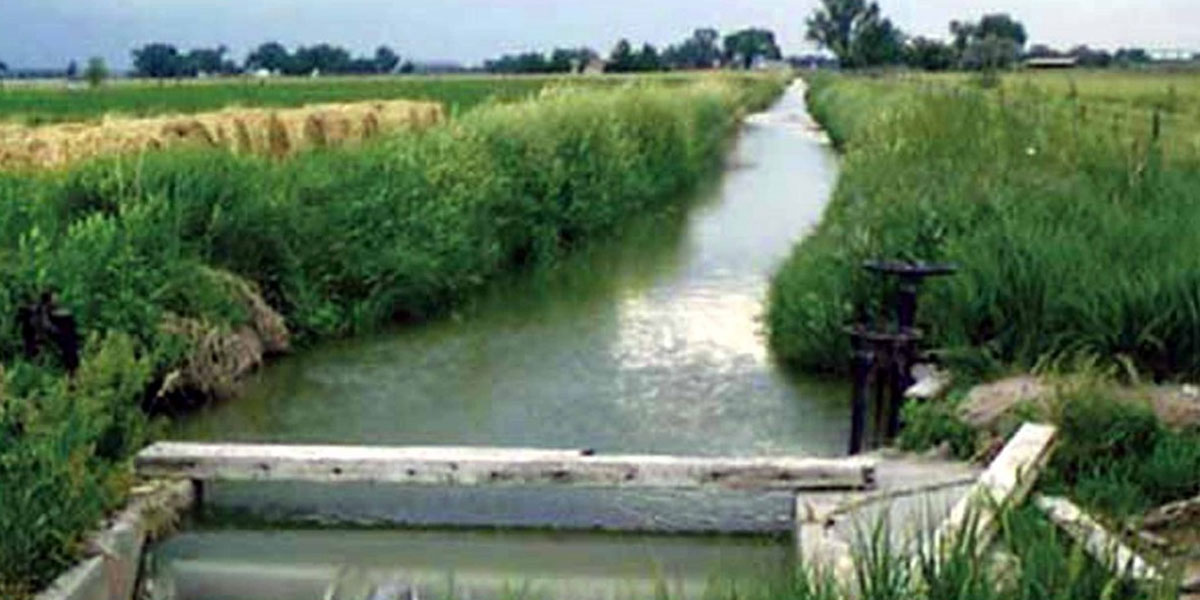https://tendersodisha.gov.in/nicgep/app?component=%24DirectLink_0&page=FrontEndAdvancedSearchResult&service=direct&sp=SBsrGtvVGbWS57Y9kRVkdKw%3D%3D
Background
The 480 kilometers of untouched coastline and Chilika, the largest brackish water lake in Asia, have historically influenced the social and economic traditions of Odisha. Moreover, as the region boasts of the abundant groundwater and the water bodies that dot the landscape, people and more specifically regulatory authorities have become lackadaisical. Odisha should have been listed among prosperous regions given this. Irony of ironies, it's not. Despite having abundant natural resources, Odisha is one of the poorest states in India. Water has turned out to be a problem for the state rather than a benefit. Previously, the state experienced 231 BMC (billion m3) of annual rainfall. Around 1500 mm of precipitation fall on average each year in Odisha, and 80 percent of that falls between June and September. The southwest monsoon is primarily to blame for Odisha's rainfall.
More than 12.6 million people in Odisha are impacted by extreme flood events each year, particularly in high-risk areas like Cuttack, Gajapati, Jajpur, Khurda, and Rayagada. The minor irrigation (flow) projects are spread across 29 districts in Odisha (with the exception of Jagatsingpur district) and cover 5953 square kilometers. Proposed Megalift irrigation projects cover 364 square kilometers of ongoing projects. In addition to this, Minor Irrigation also constructs "in-stream storage structures" or "check dams" for a variety of purposes, including groundwater recharge, domestic use, or lift irrigation points.
The Minor Irrigation Organization (formerly the Rural Engineering Organization, i.e., R.E.O.) was created in 1962 under the Rural Development Department. Over the years, efforts have been made to construct a number of minor irrigation projects throughout the state. The total irrigation potential under Khariff through Minor Irrigation (Flow) ending March 2009 was 5,41,725 ha. The total irrigation potential created under Khariff through minor irrigation (flow) ending December 2013 is 5,98,231 ha.
The total available CCA (cultivable command area) that can be irrigated through MI (minor irrigation flow) is about 1 million ha, of which 50% has been harnessed so far. Over the years, efforts have been made to construct a number of minor irrigation projects throughout the state. Under M.I. (flow), by the end of the 10th Five-Year Plan (2002-03 to 2006-07), irrigation potential for 5, 19,027 ha had been created. Thus, the total irrigation potential created under Khariff through minor irrigation (flow) ending September 2020 is 7, 16 098 ha.
With a geographic area of 6569 square kilometers and membership in the Western Orissa Development Council, which was established by the Orissan government, Bolangir is one of the economically underdeveloped districts in western Orissa. Bolangir district experiences recurrent severe drought conditions, and the majority of the agriculture is rainfed. In Bolangir and Nabarangpur districts, it’s been observed that irrigation intensity is low but agricultural productivity is moderately high. Since these two districts are located in low-rainfall regions, irrigation sources were not developed.
The government of Orissa undertook the construction of a distribution system for 2937 HA of cca land, including command area development (CAD) in 16 NOS of minor irrigation projects through an underground pipeline irrigation system (gravity flow) in Bolangir, Kalahandi, and Sabarnapur districts of Odisha on an EPC turnkey basis, including the operation and maintenance of a fully commissioned project for five years (Package II).
Essential details
Tender value: Rs 88,40,37,000
Tender Number: OCCL-UGPL/MI_PKG-2/2023-24
Bid submission date: 15th April 2023
Bid Due Date: 29th May 2023
Scope of Work:
Survey and investigation shall include, but not be limited to, the following activities:
a) Survey and detailed investigation, subsoil exploration, planning, fixing
alignment and designing of all components, preparation of detailed technical
specification and preparation of a detailed estimate as per SOR of the Government of
Odisha on the basis of an approved design and drawing by the competent
authority.
b) Collection of revenue village maps; demarcation of command area; contour
survey of the command area with a contour interval of 0.5m, survey along the
alignment of rising main/pressure main including alternatives, marking the
alignment of distribution systems in the village sheet, assessment of the CCA
for the records of the rights of villages.




















